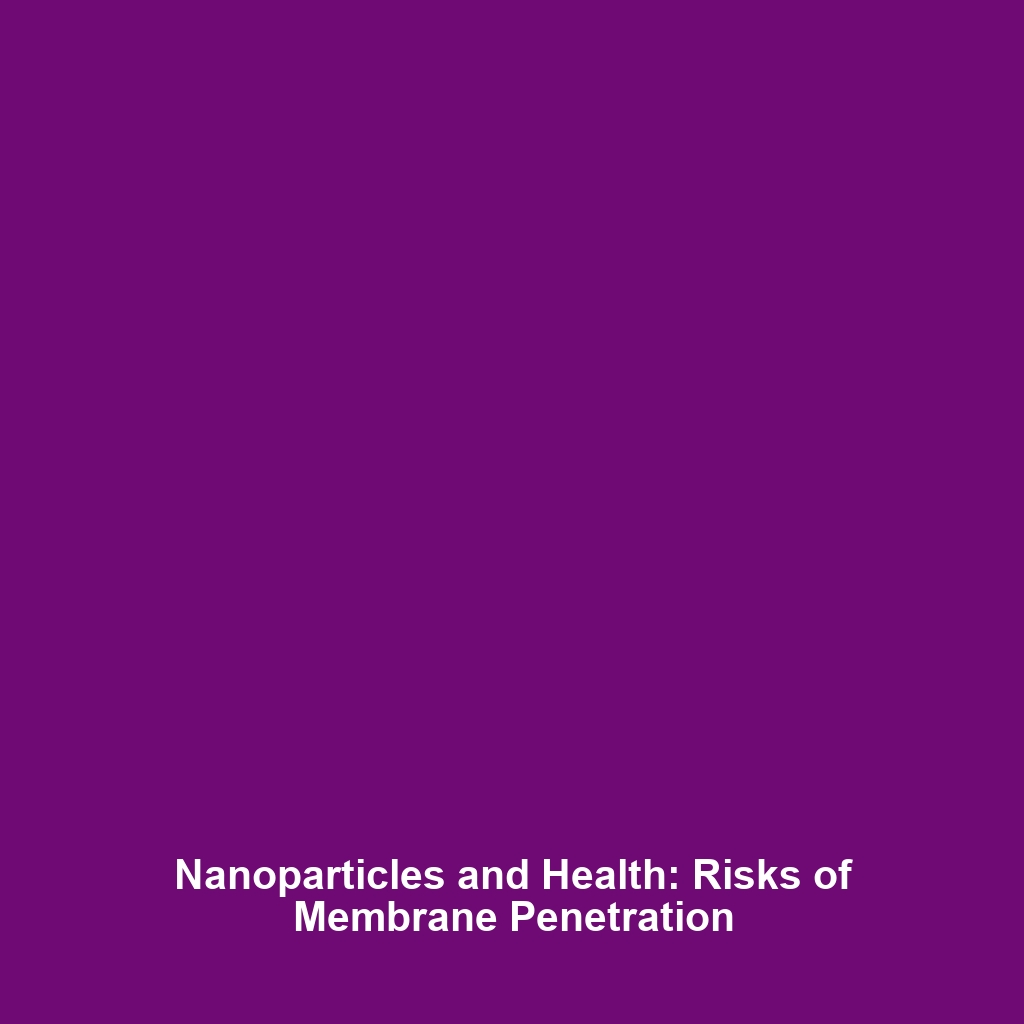Metallic Nanomaterials: Nanoparticles and Nanowires
Introduction
Metallic nanomaterials, particularly nanoparticles and nanowires, play a crucial role in the field of Advanced Nanomaterials. These materials exhibit unique properties that stem from their nanoscale dimensions, enabling groundbreaking applications across various industries, including electronics, medicine, and energy. As the demand for innovative solutions grows, understanding the significance of metallic nanoparticles and nanowires becomes increasingly important. This article delves into the key concepts, applications, current challenges, and future research opportunities within this dynamic field.
Key Concepts
Metallic nanomaterials can be defined as materials composed of metallic elements with dimensions typically ranging from 1 to 100 nanometers. The two prominent forms of these materials include:
Nanoparticles
Nanoparticles are small particles that exhibit unique optical, electronic, and catalytic properties. They have a high surface area-to-volume ratio, which enhances their reactivity and allows for diverse applications, from drug delivery systems to catalysts in chemical reactions.
Nanowires
Nanowires are one-dimensional nanostructures that conduct electricity and heat efficiently. Their applications range from components in nanoelectronics to sensors and energy storage devices.
These forms of metallic nanomaterials exemplify the principles of Advanced Nanomaterials, showcasing their potential to transform technology and industry through innovative applications.
Applications and Real-World Uses
The applications of metallic nanomaterials are vast and impactful. Here are some significant real-world uses:
- Drug Delivery: Metallic nanoparticles are utilized to enhance the delivery and effectiveness of therapeutic agents in cancer treatment.
- Electronics: Nanowires are employed in the development of flexible and high-performance electronic devices.
- Energy: Metallic nanoparticles play an essential role in solar cell technology and hydrogen production for clean energy.
Understanding how these metallic nanomaterials function and their diverse applications contribute to the broader category of Advanced Nanomaterials.
Current Challenges
Despite their numerous advantages, the study and application of metallic nanomaterials face several challenges:
- Scalability: Producing nanoparticles and nanowires on a large scale while maintaining quality.
- Toxicity: Evaluating the environmental and health impacts of using metallic nanomaterials.
- Regulation: Navigating the regulatory frameworks that govern the use of nanomaterials in commercial products.
Addressing these challenges is crucial for the sustainable development of Advanced Nanomaterials.
Future Research and Innovations
The future of metallic nanomaterials is promising, with several innovative research directions on the horizon:
- Self-Assembly Techniques: Advances in self-assembly methods could revolutionize the fabrication of nanoparticles and nanowires.
- Sustainable Materials: Research into eco-friendly practices for synthesizing nanomaterials is underway.
- Integration with AI: Utilizing artificial intelligence to optimize the design and application of metallic nanomaterials in various fields.
These developments will not only enhance the performance of these materials but also expand their applicability in the realm of Advanced Nanomaterials.
Conclusion
Metallic nanomaterials, including nanoparticles and nanowires, are at the forefront of the Advanced Nanomaterials field, driving innovations and applications across various industries. As researchers continue to address existing challenges and unlock new potentials, the future looks bright for these remarkable materials. For further reading on nanomaterials, explore our other articles on nanomaterials and their transformative impact on technology.







